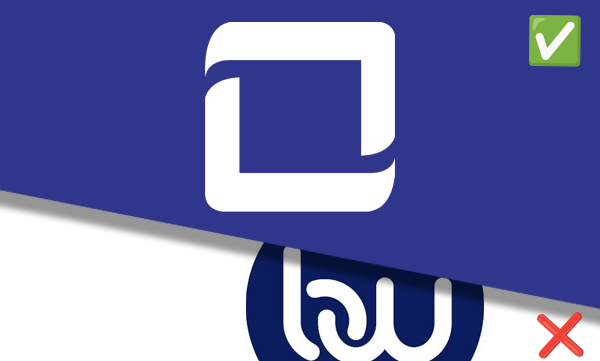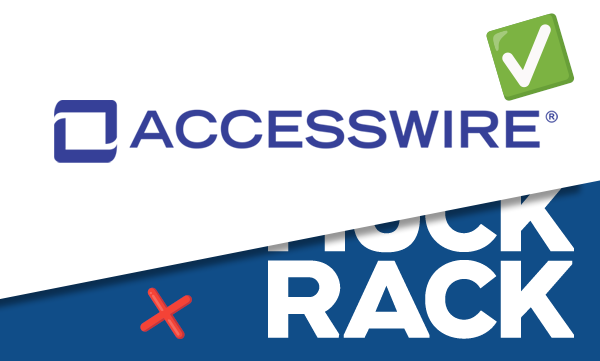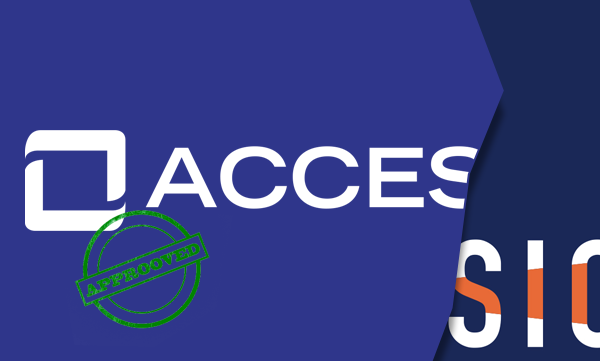How to Use Your Newsroom to Make a Press Kit
Brands, nonprofits, and organizations publish company news to their website to target an audience of investors and stakeholders. Despite the importance of this, companies seldom account for a demographic that’s uniquely positioned to help them meet their goals: journalists.
In this article, we’ll walk you through how to make a press kit—the courtesy media package that compels journalists to tell your company’s story in the public arena.
Why Press Kits Matter in 2021
What is a press kit? A press kit, also known as a “media kit,” is a web-based parcel of media assets and information designed to attract the interest of reporters. The main purposes of press kits are to:
- Frame your message, so it makes a favorable and memorable impression on your stakeholders
- Establish branding coherence between your overall mission and new company developments
- Minimize the grunt work journalists have to do to write about your brand
Press kits are one of the most important tools of public relations and may be designed to relate a specific development at a given company to the public, or they may aim to represent a given brand’s total brand identity. The online newsroom, for instance, can be seen as a dynamic, comprehensive media kit that serves to encourage journalists to write about a specific corporation and its role in their industry.
In 2021, press kits are not only elemental to catalyzing journalist’s research and writing process, but they also give brands an unparalleled opportunity to self-represent while instrumentalizing journalists’ access to the public domain.
The Anatomy of a Press Kit
In most cases, every press kit should integrate the following elements:
- Company story
- High-resolution visual assets
- Facts, numbers, and statistics
- Your value contribution
- Company press release (current or preexisting)
- Press & earned media
- A human touch – Contact info and bios
If you can hook a journalist with a thoughtfully furnished press kit, you’ll be able to drive brand awareness—freely and in public presentation.
How to Make a Press Kit
While press kits share the same fundamental, long-term goals, a digital press kit may vary based on the kind of company that creates them, the sort of recognition they’re seeking to garner, and the type of news they’re airing to the public.
So, how do you build a press kit? Let’s break it down, brick by brick.
Step 1: Establish Your Goal
Whatever type of news you’re sharing in your newsroom, there should be a clear motivation behind your decision to disclose a particular development.
Here are some common scenarios where a company could leverage its message with a well-designed electronic press kit (EPK):
- A new product launch
- Acquisitions, partnerships, and mergers
- Company events
- Philanthropic initiatives
- New leadership
- Inaugurating a new business venture
Every story needs a takeaway, and establishing a clear sense of your “why” ahead of time is essential—why should the public care about your news? What value does it add to their lives, and how is it in their interest to know about?
Secondly, you should have a measurable goal in mind that you can use to account for the success of your campaign. For instance, if you’re disseminating news about a new product you’re sending to market, your goal may be to drive revenue. If you’re communicating about a philanthropic initiative, your goals may be to distinguish yourself among your competitors and enhance public opinion.
Having a clearly defined goal behind your press kit will help you tailor the contents of your messaging, and have a calculable set of criteria to revisit when evaluating its success.
Step 2: Set the Tone
Your press kit should always include some background on your company to familiarize writers with your singular brand identity, values, and mission. Where a press or news release concludes with a brief boilerplate, press kits present a wonderful opportunity to tell a more nuanced story about your organization.
In your press kit’s company profile, you may consider including the following:
- Information about your customers and your reach
- The origin story of your company and your trajectory of growth
- Information about where and how your product or service is produced, or a summary of your business practices (if applicable)
- Why your business is unique, how you’re making an impact, and your guiding mission
If your company has established a list of keywords and vocabulary that gets to the heart of your brand identity, be sure to include it in your company bio. Not only will they establish an association between your company and the principles you uphold—they’re also a technical hack for driving traffic to your website and optimizing SEO web mechanics.
Step 3: Set the Scene
While journalists may have a certain beat they cover that originally led them to your company’s website, your newsroom press kit should contain some context clues to make your story a disruptive one.
“Context clues” might take the form of any of the following:
- A fact sheet – Providing a cogent list of key facts, statistics, and data about your company demonstrates the unique attributes of your brand with economy and gives reporters some concrete numbers to pull from. Consider using compelling graphic design elements to convey the information—a busy-looking document riddled with both numbers and words isn’t as appealing to writers, or their readers
- Media mentions – Any recognition you’ve received from a media outlet in the past can be used to drive more coverage when incorporated into a press kit. You may elect to use pithy, quotable lines from print coverage, or integrate multimedia (visual, audio, or video content) into your press kit, which can be especially enticing to journalists and their readers.
- Industry news – Using your digital newsroom to curate news from your industry will contextualize your company’s operations, and exhibit your progressiveness as a business — how your business is keeping a finger on the pulse of your industry.
Building an effective press kit that provides the context, as well as the content, of your business’ news, gives reporters the schema in which to craft their piece. What’s more, a roster of carefully selected, relevant stories can make you a trusted research resource for journalists to return to if they routinely cover your field.
Step 4: Contribute Media Value
Your electronic press kit is designed to furnish anyone writing about your company—journalists, and in the digital landscape, marketing affiliate, or influencer—with the raw promotional material they need to build a narrative.1
On the inexhaustibly visual medium of the internet, that means providing high-quality, high-resolution assets that represent your brand. Your digital media kit can incorporate:
- Branding visuals
- Logos
- Photographs of products or events
- Expository videos or ad campaigns
Ideally, the media assets you provide should be downloadable from your online press kit. This will save journalists the time and bandwidth they may otherwise spend obtaining large files from companies via email or file shares, or patrolling the internet for lower-quality (and less flattering) imagery to portray your business.
In short: the more accessible your visual media is to your website visitors, the more control you’ll maintain in the visual representation of your brand.
Step 5: Give it a Human Touch
When creating an effective press kit, never forget to give your visitors the opportunity to reach out.
Whether they’re a reporter working on a story about you or a peer in your field interested in your work, research shows that brands benefit from creating an atmosphere of transparency and dialogue in the “cold” media tundra of the digital environment.2
You can lend your online press kit a human touch by:
- Including brief profiles of your leadership or team members
- Publishing a “Contact Us” page with current, accurate contact information for an accessible brand representative
- Telling visitors where to follow you on social media for real-time updates
- Encouraging visitors to subscribe to your digital newsroom to stay abreast of company developments
The key to every successful company media kit is to cap it with a threshold, rather than a closed door. Digital media is all about fostering engagement with everyone who comes in contact with your brand, whether they’re potential investors, writers, or the people who engage with your product or service in their own lives.
Making the Most of Your Press Kits
Back in the day, press kits were material, tangible “kits” that supplied journalists with everything they needed to write a story. The intangibility of digital press kits may feel slipperier, but it also presents an opportunity for businesses to adapt with more agility.
Having a digital newsroom structure that functions as an online press kit for your organization can drive more web traffic to your company from journalists, and from everyone else. What’s more, your digital newsroom can function as a kind of concept incubator for journalists seeking inspiration for their next story in your industry.
Amplify Your Digital Presence with ACCESSWIRE
By treating your online newsroom as a living, breathing company media kit, your company can both hone your distinct voice in your industry and lay the groundwork for enhancing your relationships with the writers who communicate your news to a broader audience.
ACCESSWIRE is a one-stop public relations service where you can execute all of your PR tactics, including:
- Press kit creation
- Press release distribution
- Progressive, customizable digital newsrooms
- Data analytics and reports
Every arm of your PR strategy should work in tandem toward your company’s goals—as they evolve, and as digital culture does too. For more information on how ACCESSWIRE’s press release services can help you meet and raise the bar on your brand’s goals, drop us a line and schedule a consultation today.
Sources:
Influencer Marketing Hub. The State of Influencer Marketing 2021: Benchmark Report.
Accenture. Personalization Pulse Check.
Shopify. Time to Shine: How to Create a Press Kit that Gets Publicity in 2021.
Similar Blog Posts



PRODUCTS
ACCESSWIRE | All Rights Reserved

